The Airbus A300-based Beluga is this week celebrating 20 years of transporting aircraft sections between the company's European plants. Named after the white whale because of their distinctive shape, the fleet of five Belugas carry out more than 60 flights each week between 11 sites.
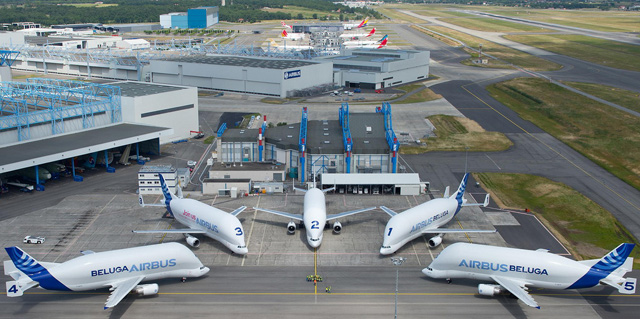
To mark the anniversary, we have chosen our 12 oddest-shaped aircraft.
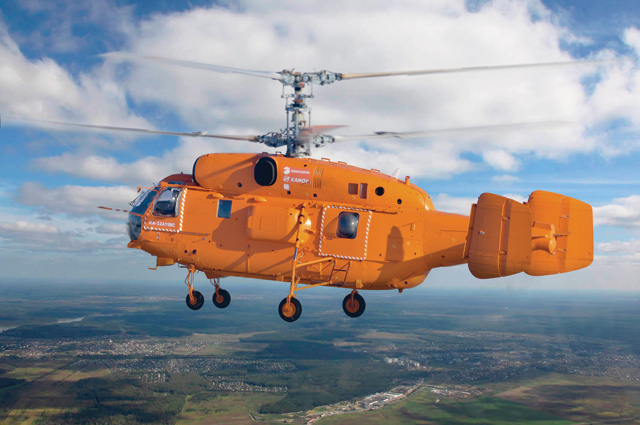
Kamov
KAMOV KA-32
Designed by Russian Helicopters' Kamov bureau, the Ka-32 is a derivative of the military Ka-27 and its variants are used for a range of missions including firefighting, medevac and heavylift cargo operations. We could have chosen many other unusual-looking rotorcraft, but the Ka-32's coaxial design makes it highly distinctive.
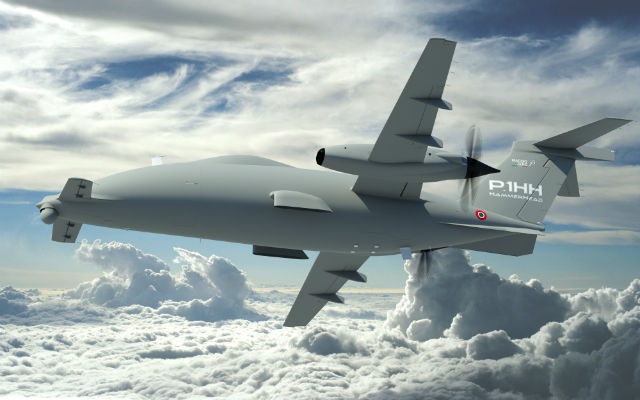
Piaggio
PIAGGIO P.1HH HAMMERHEAD
The curvy Italian shapes of its sister Avanti twin-pusher may turn heads on the ramp, but transformed into an unmanned surveillance platform, the P.1HH certainly stands out among other bizarrely-shaped UAVs. Launched at the Paris air show in 2013, Piaggio has high hopes for the medium-altitude, long-endurance type.

SHORT SKYVAN
The Belfast-build SC.7 is a 19-seat, high-wing turboprop, used primarily for cargo transport and, due to its rather boxy-shape, known by its pilots as "the shed". Some 153 examples were manufactured between 1963 and 1986. Although it frequently tops ugliest aircraft polls, the Skyvan proved a useful workhorse.

Boeing
MCDONNELL XF-85
The Goblin was intended to fit in the bomb bay of the B-36 long range bomber and provide protection when it flew beyond the escort range of fighters. If enemy aircraft were detected, the Goblin would be released via a harness. Engagement over, it would return to the bay via a trapeze. Two test aircraft were commissioned at the end of the Second World War but the project was cancelled in 1949, with the fighter never having been used.

BEECH STARSHIP
Opinions differ on whether the Wichita-built Starship was a thing of beauty or a massive folly. Commercially, certainly, it was a flop, with only 53 of the composite, canard, design, twin-pusher business aircraft produced in the 1980s and early 1990s. In 2003, Raytheon Aircraft and the Federal Aviation Administration said they wanted to recall all Starships to scrap them, as the airframer could no longer support them.
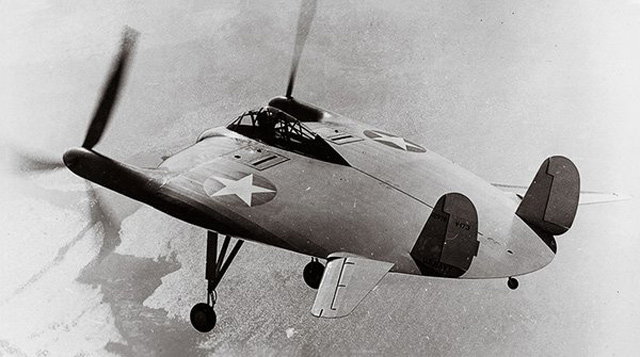
VOUGHT V-173
The so-called Flying Pancake was designed during the Second World War and was a near vertical take-off and landing military aircraft with a flat, disc-like body. Only one example was ever built and it flew in 1942. Its last flight was in 1947 when the project was cancelled.

Boeing
BOEING 747 LCF
Seattle's version of the Beluga, the Dreamlifter, based on the 747-400, has a large cargo door on the aft fuselage and is used to transport assemblies of the 787 Dreamliner between production plants and final assembly in Everett, Washington. It first flew in 2006.
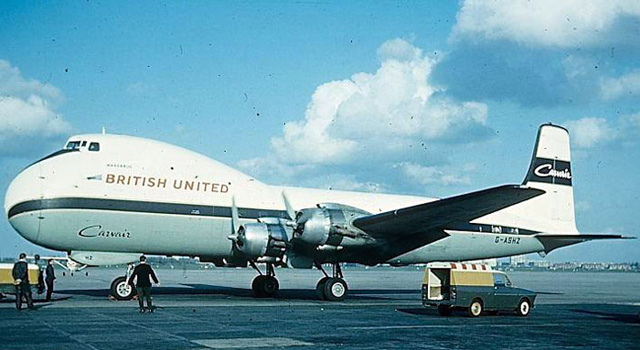
British Caledonian
AVIATION TRADERS CARVAIR
Back in the 1960s, transporting wealthy travellers and their cars was big business. Freddie Laker's Aviation Traders struck upon the idea of converting surplus four-engine Douglas DC-4s into car transporters, with capacity for 25 passengers, loaded at the front.The Carvair first flew in 1961 but the fact that of 21 built, eight were involved in crashes perhaps says everything you need to know about their reliability.
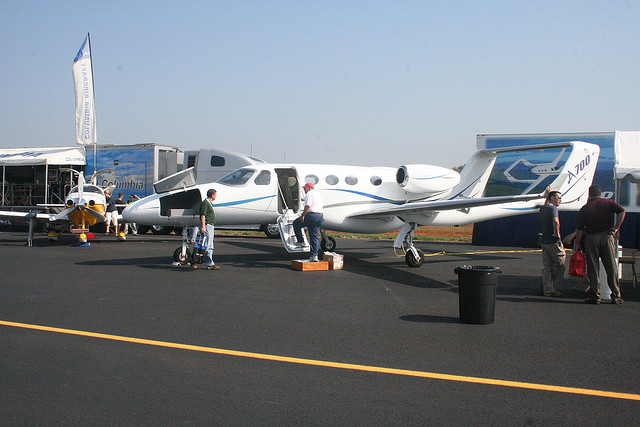
ADAM A700
In the early 2000s boom in business aircraft start-ups, Adam Aircraft developed the A700 jet and its A500 piston-powered sister. The six-seat A700 had two Williams FJ33s mounted on the fuselage and twin, wing-mounted booms supporting aft twin rudders, linked by a high horizontal stabiliser. Adam went bankrupt in 2008.
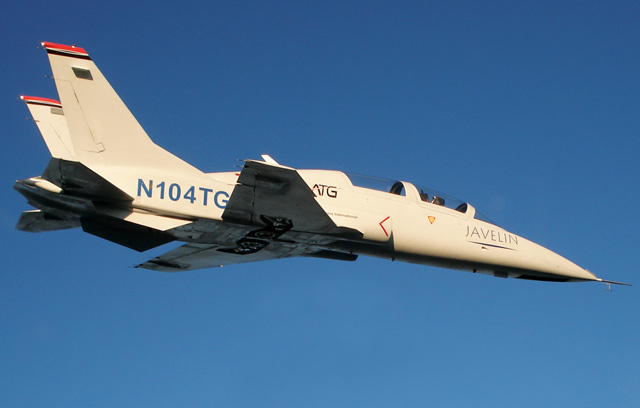
ATG
ATG JAVELIN
Another victim of the business aircraft downturn, Colorado-based Aviation Technology Group abandoned its Javelin personal jet in 2008 when it went bankrupt. The design is not particularly vulgar, but the fact that it was a business jet disguised as a fighter made it particularly unusual.
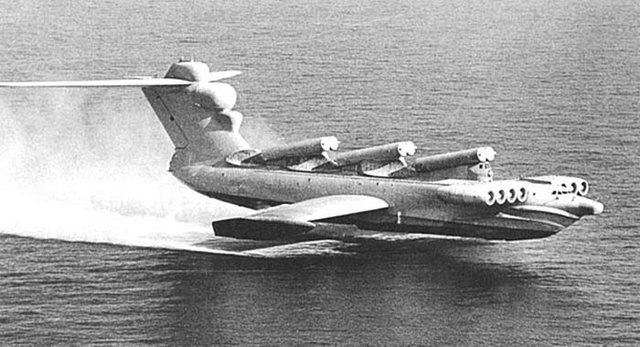
Soviet Navy
ROSTISLAV ALEXEYEV EKRANOPLAN
This highly-secretive Russian Cold War aircraft began life in the sixties and was uncovered by US intelligence in 1966. Known as the Caspian Sea Monster, the eight-engine 37.6m-wingspan personnel carrier, designed by the Rotislav Alexeyev bureau, used wing in ground effect technology to skim over water, evading enemy radar. Only one example is thought to have entered service.
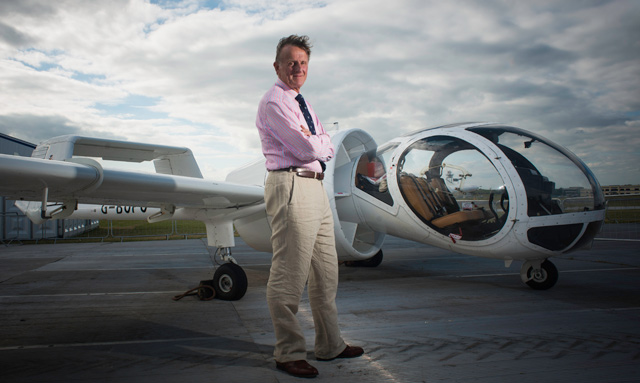
BillyPix
EDGLEY OPTICA
Designed in the 1970s as a postgraduate engineering project by British inventor John Edgley, the Optica's bubble cockpit sits ahead of its engine and fan, giving the crew 270 degree horizontal vision and almost complete downward vision. It flew for the first time in 1979 and 22 examples were built under various company owners. At this year's Farnborough air show, Edgley himself, who once again owns the rights to the aircraft, was looking for a buyer for the design.
Source: Flight International



















